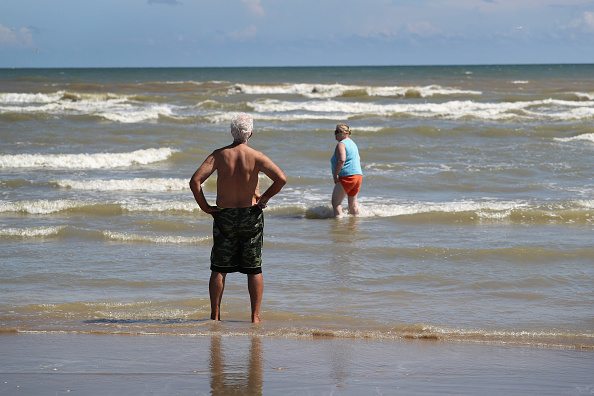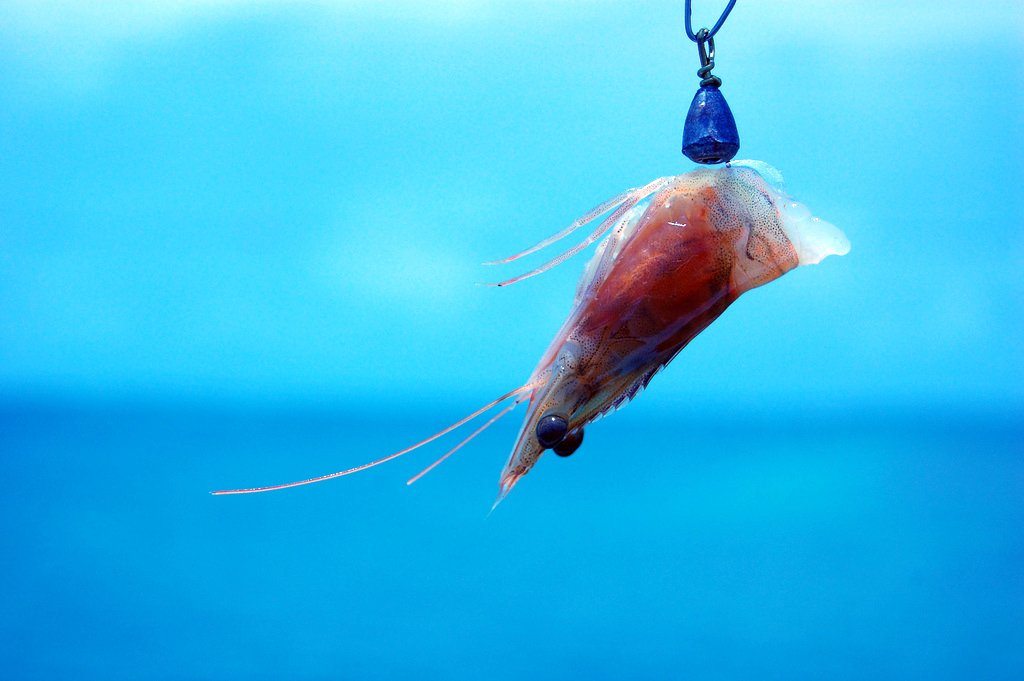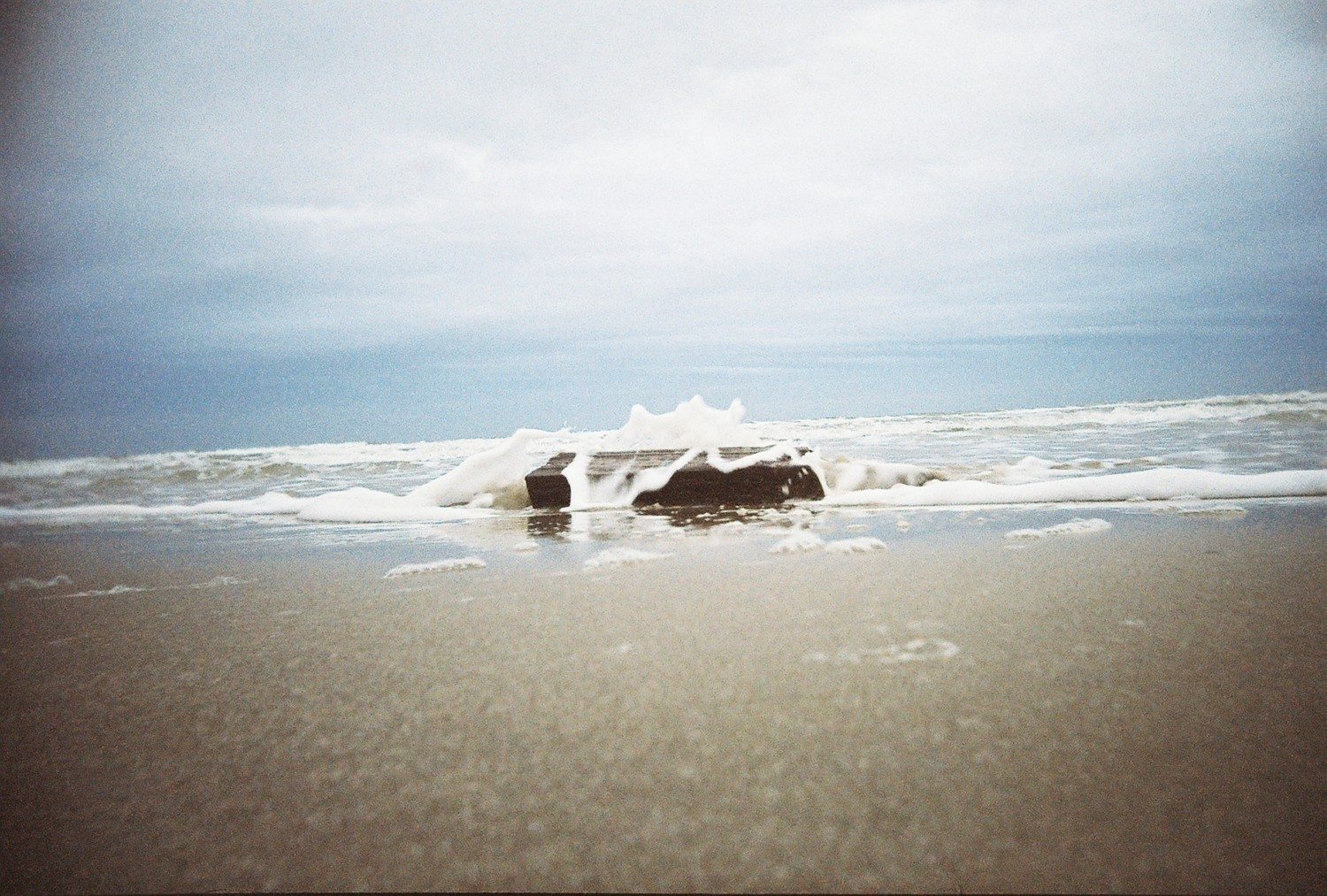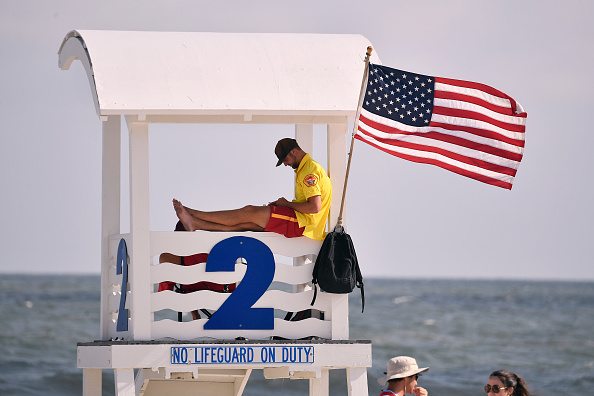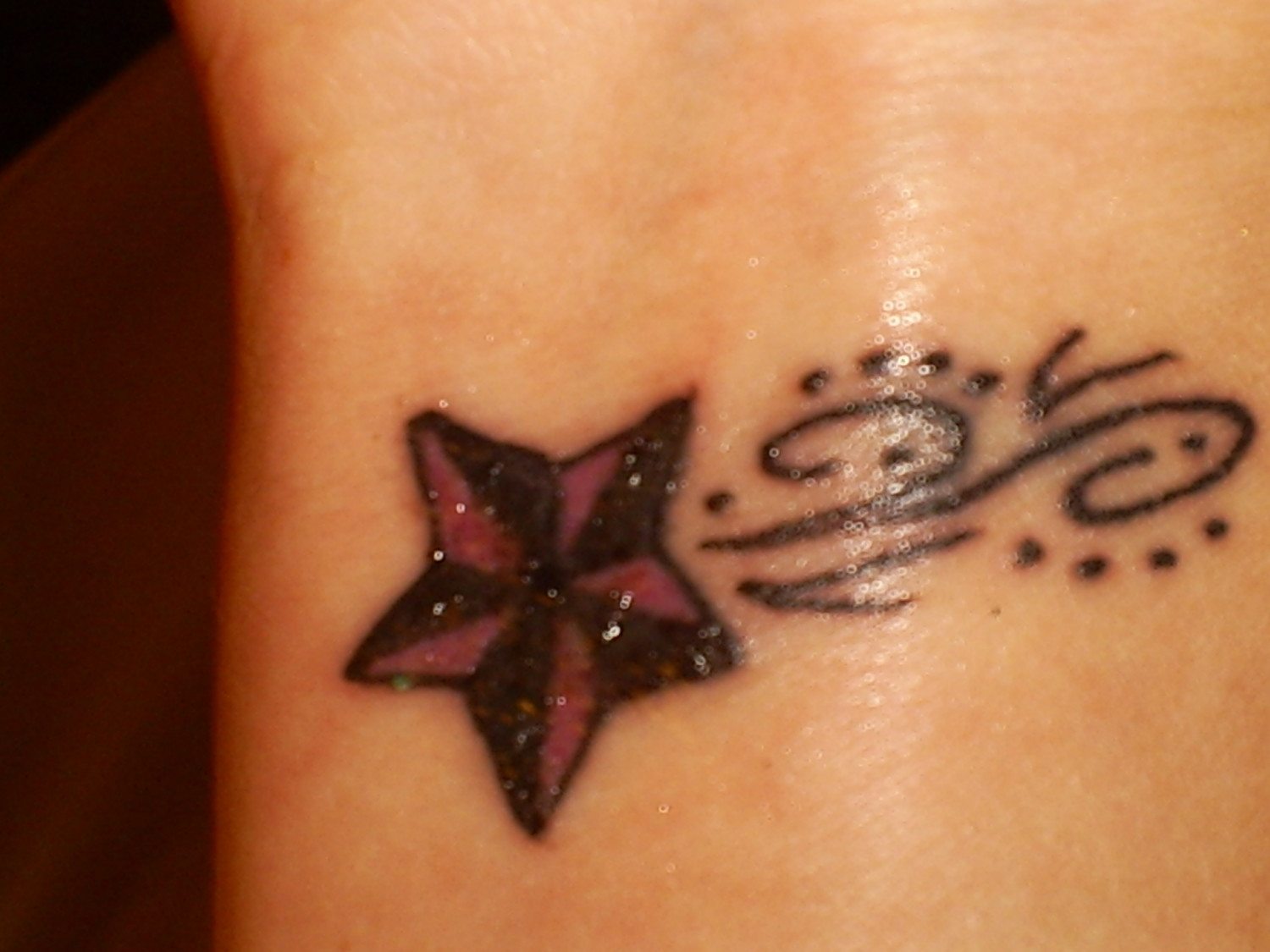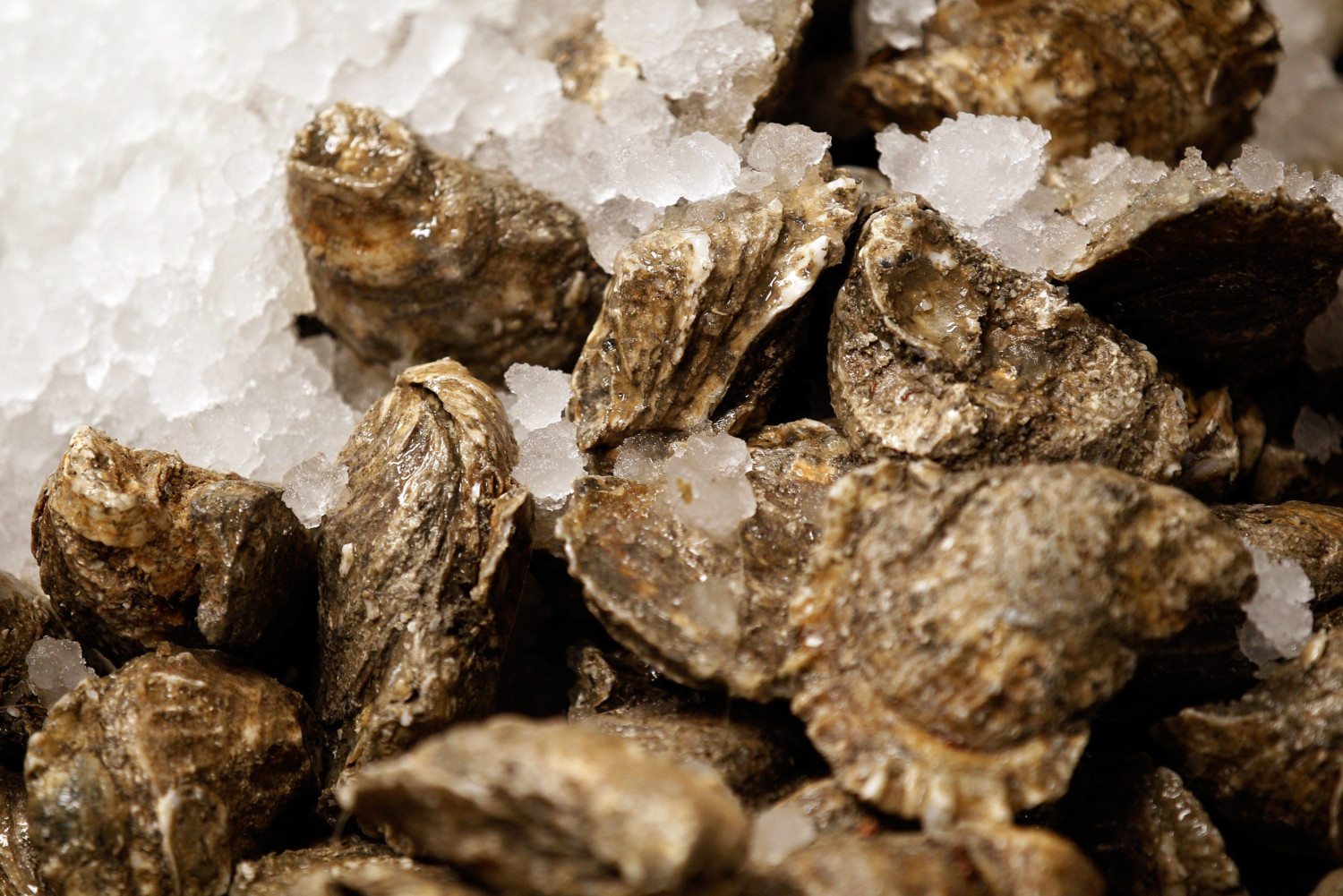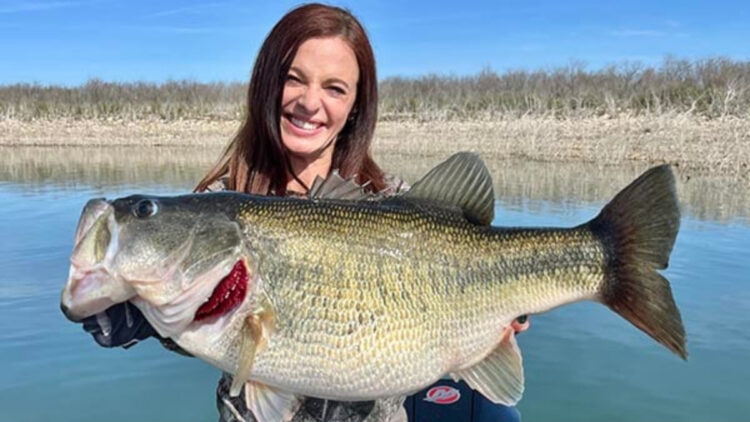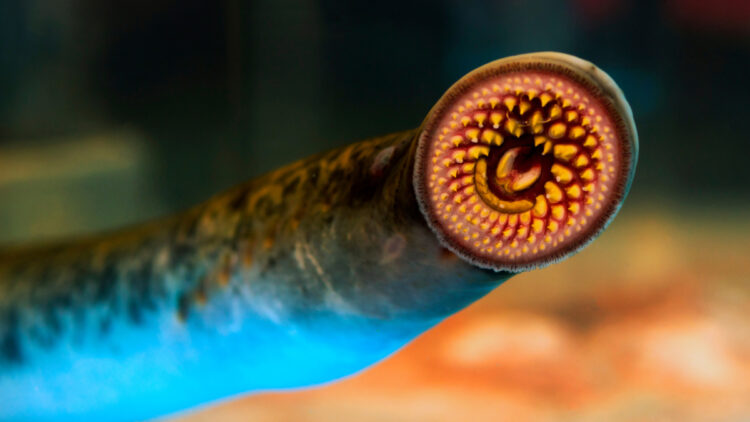What To Know About The Vibrio Flesh-Eating Bacteria Found In The Gulf Of Mexico
A 70-year-old woman came close to death in June after contracting Vibrio vulnificus, a flesh-eating bacteria, while fishing off Alabama’s Gulf Coast.
Experts are investigating the waterways near the pier where the woman and her husband were fishing, and they are warning Americans to take some extra precautions when enjoying the water.
The woman was exposed to the bacteria after she experienced a minor cut on her hand while touching live shrimp (which she was using for bait while fishing.)
The small prick quickly turned into a life-threatening infection, as she began experiencing swelling, fever, chills and headaches within just a few hours after cutting her hand. The pair rushed to the hospital where doctors worked tirelessly to fight the infection and save her hand.
“With all things considered, when you look at the statistics, the doctors keep telling us she’s a miracle,” her husband told Gulf Coast News Today. “Most people either die or lose a limb.”
Although the story has a happy ending, the woman was hospitalized for 10 days as she battled the infection, and doctors removed a lot of tissue from her hand and forearm.
Other Vibrio Cases And Who’s At Risk
Sadly, however, other people who have contracted Vibrio vulnificus bacterial infections have not been so lucky. A Texas man who swam in the Gulf of Mexico with a five-day-old tattoo died recently as a result of complications from the infection. The newly-applied tattoo on his leg allowed the bacteria to enter his bloodstream and doctors weren’t able to save him.
The tattoo patient, who has not been named, also had a chronic liver disease, which put him at greater risk of death. According to the CDC, those who have weakened immune systems or chronic illnesses are at greater risk of a severe infection or complication. The total mortality rate for those who become infected via ingestion or bloodstream is 33 percent.
According to 2015 CDC statistics, an average of 50 culture-confirmed cases, 45 hospitalizations, and 16 deaths are reported from Vibrio vulnificus each year from the Gulf Coast region—Alabama, Florida, Louisiana, Mississippi, and Texas.
Nationwide each year, there are as many as 95 cases (half are culture-confirmed), 85 hospitalizations, and 35 deaths.
Here’s How You Can Stay Safe
1. Pay Attention To Where You Swim And When
Experts are urging people to use caution near brackish water or seawater when they have cuts or open wounds, as this allows bacteria to easily enter the bloodstream. Eighty percent of the cases occur between May and October when water temperatures are warmer, so it’s wise to take precautions particularly during the warmer months.
2. No Swimming With Cuts or Tattoos
In addition to avoiding the water if you have a cut or open wound, people with fresh tattoos should avoid swimming, boating or fishing until the tattoo has healed completely.
3. Be Careful About Shellfish
Healthcare officials are always warning people not to eat raw shellfish or oysters. It’s also recommend to wear proper coverage (gloves, for example) when handling raw shellfish.
4. Seek Medical Attention ASAP
If you do suspect you may have an infection (if you find you have symptoms like chills, fever, swelling and nausea) go to the hospital right away.
Although these cases are rare, it is a good reminder to practice caution while enjoying the water this summer.


